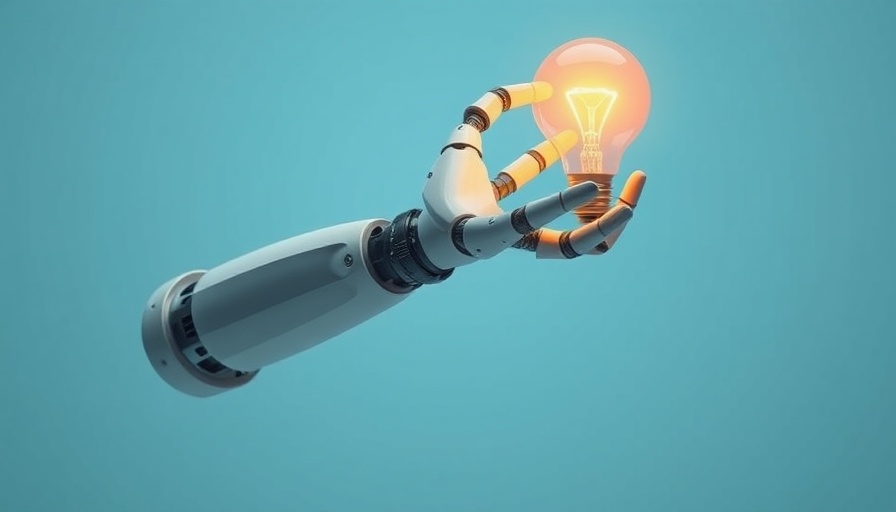
Revolutionizing Robotics: Beyond Traditional Learning Models
Atlas, Boston Dynamics’ remarkable humanoid robot, is not just a performer with parkour and dance routines, but a groundbreaking piece of technology that recently showcased its ability to learn and adapt using a single artificial intelligence model. This ability marks a significant stride toward creating general-purpose robotic algorithms that could eventually redefine how we understand machine learning and interaction.
Understanding Atlas's Model: How does it work?
The newly developed model controls Atlas's limbs through a combination of visual data, sensors that gauge its bodily movements, and instructions related to specific actions. Unlike traditional robotics, where separate models are needed for walking and manipulation tasks, Atlas integrates its functions into one cohesive system. According to Russ Tedrake, a roboticist at Toyota Research Institute and MIT, "the feet are just like additional hands, in some sense, to the model." This unique perspective on robotics not only simplifies the programming process but also enhances the robot's capacity to perform natural movements.
The Emergence of New Skills: Surprising Discoveries
Atlas has exhibited emergent behaviors that were not explicitly programmed. For instance, when it drops an object, the robot instinctively demonstrates a recovery skill by bending down to pick it up. This opens up fascinating discussions about the potential of artificial intelligence to surprise developers with unexpected abilities. Similar to large language models (LLMs) that sometimes express capabilities like coding, this new approach may yield robots capable of learning new skills through experience, setting the stage for a transformative era in robotic applications.
Implications for the Future: Generalized Learning
Boston Dynamics is at the forefront of exploring how generalized learning can extend beyond humanoid robots. Tedrake's lab is experimenting with various robotic arms capable of specific tasks, such as cooking or cleaning up. This could lead to household robots designed to adaptively learn—from performing chores to assisting with complex tasks. As this technology evolves, ethical considerations about how we deploy such adaptive machines will become vital.
The Ethical Landscape of AI in Robotics
As Atlas and other robots inch closer to generalized learning, the discussion around ethical implications grows increasingly significant. Questions about data privacy, algorithmic bias, and accountability in AI require careful consideration. Responsible AI frameworks are essential to ensure that these powerful tools are used for the benefit of society while minimizing potential risks.
What Does This Mean for Us?
The evolution of machines like Atlas suggests a future where robots seamlessly integrate into our lives, collaborating with us in various roles. However, navigating the ethical landscape will be crucial. Consumers and developers alike must be aware of the responsibilities tied to these innovations—ensuring that advancements serve positive societal goals.
Take Action: Embrace the Future of AI
As we witness the marvel of what robots like Atlas can do, it's essential for tech enthusiasts, business owners, and AI researchers to engage with these technologies thoughtfully. Understanding the implications, capabilities, and ethical considerations can empower us all to participate in shaping a future where AI enhances human life without compromising our values.
 Add Row
Add Row  Add
Add 




Write A Comment